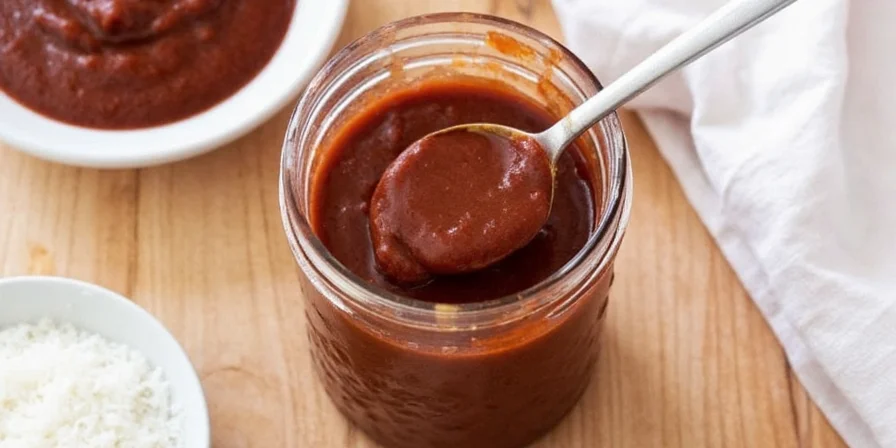
Total Time: 30 minutes | Active Time: 15 minutes | Difficulty: Beginner-friendly | Servings: 4-6
Make authentic Mexican mole sauce in just 30 minutes with common pantry ingredients - no specialty items or 2-hour cooking required. This streamlined recipe delivers complex Oaxacan-inspired flavor using accessible ingredients you likely already have. Skip store-bought versions that taste artificial or overly sweet - this kitchen-tested method balances spicy, sweet, earthy, and smoky notes perfectly for weeknight dinners.
Table of Contents
- What Is Mole Sauce & Why This Recipe Works
- Quick Ingredient Guide (No Specialty Items)
- 30-Minute Step-by-Step Method
- Troubleshooting Common Problems
- 5 Creative Uses Beyond Tacos
- Storage & Freezing Tips
- Frequently Asked Questions
What Is Mole Sauce & Why This Recipe Works
Mole (MO-lay) isn't one sauce but a family of Mexican sauces with regional variations. Traditional mole negro requires hours of preparation with hard-to-find ingredients. This optimized version delivers authentic flavor in 30 minutes by:
- Using readily available dried chilies instead of specialty varieties
- Skipping tedious roasting steps while maintaining flavor depth
- Replacing hard-to-find spices with common pantry items
- Maintaining the critical sweet-spicy-earthy balance authentic mole requires
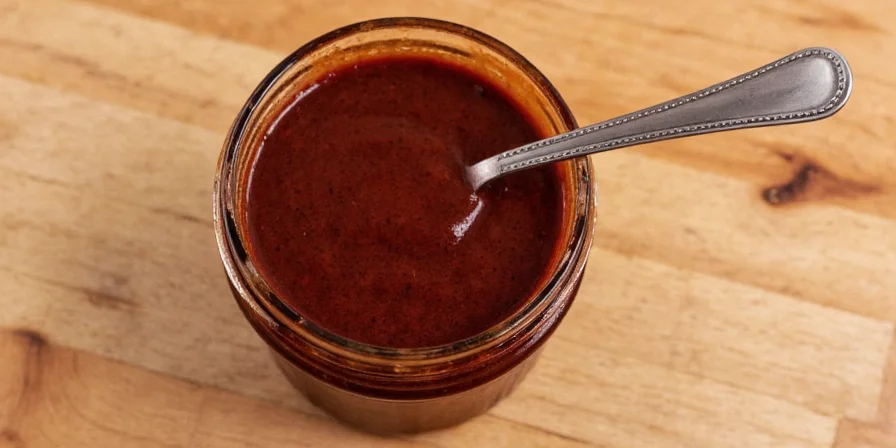
Quick Ingredient Guide (No Specialty Items)
This streamlined ingredient list eliminates hard-to-find items while maintaining authentic flavor. No Mexican market trip required!
| Ingredient | Why It Matters | Pantry Substitution |
|---|---|---|
| Ancho Chilies | Provides fruity base (raisin-like) | Guajillo chilies (more common in stores) |
| Mulato Chilies | Adds coffee notes & depth | Substitute with extra ancho + pinch of cocoa |
| Almonds | Nutty richness & texture | Pecans or walnuts work equally well |
| Roma Tomatoes | Balances acidity without wateriness | Canned fire-roasted tomatoes (drained) |
| Cinnamon + Cloves | Essential warm spice backbone | Pumpkin pie spice (2 tsp) |
| Dark Chocolate | Deepens flavor complexity | 60-70% cocoa bars (not baking chocolate) |
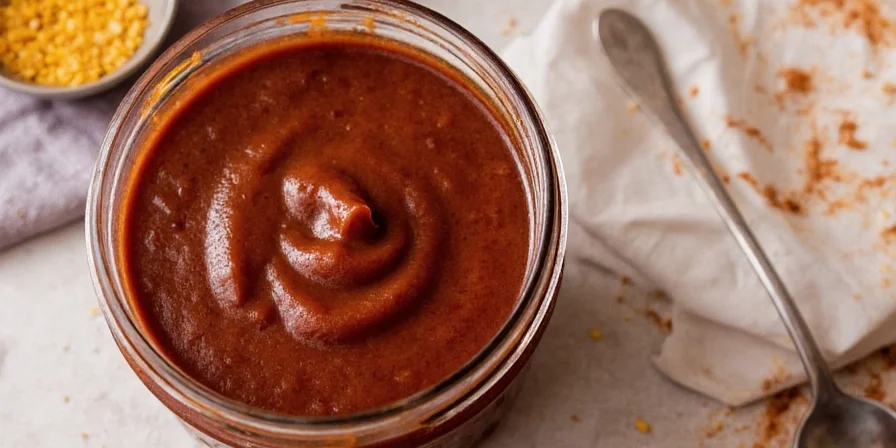
30-Minute Step-by-Step Method
- Prep Chilies (5 min): Remove stems/seeds from 3 ancho chilies. Soak in hot water 10 minutes (not 20) - sufficient for softening without losing flavor.
- Toast Smart (3 min): Toast 1/4 cup almonds and 1 tsp cumin in dry pan over medium heat. Shake constantly - almonds burn in 30 seconds.
- Quick Tomato Prep (4 min): Microwave 2 Roma tomatoes 1 minute, peel easily, and roughly chop (no blanching needed).
- Blender Magic (3 min): Blend soaked chilies, tomatoes, toasted almonds, 1 tsp cinnamon, 1/4 tsp cloves, 1/2 onion, 2 garlic cloves, and 1/2 cup broth until completely smooth.
- Simmer to Perfection (10 min): Pour into saucepan, simmer uncovered 8-10 minutes (not 20-30). Stir occasionally - this concentrates flavor without drying.
- Chocolate Finish (2 min): Whisk in 1 oz chopped dark chocolate off-heat. Never boil after adding chocolate.
- Balance Flavors (3 min): Add salt to taste, then optional: pinch sugar (if too bitter) or lime juice (if too rich).
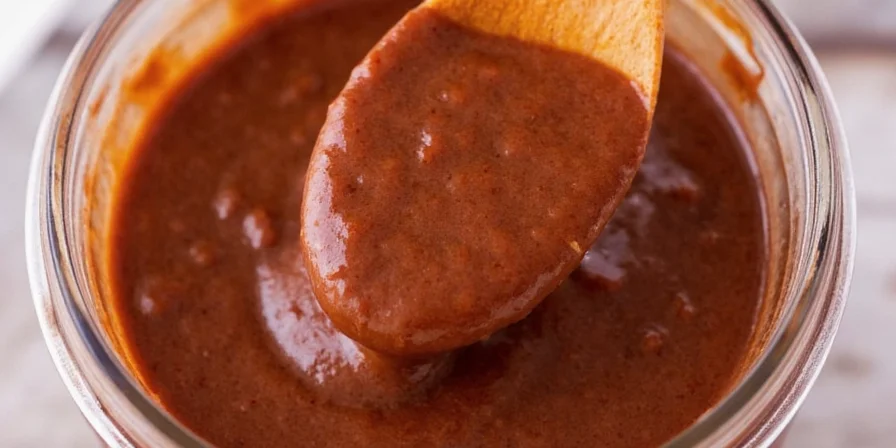
Troubleshooting Common Problems
- Too bitter? Caused by over-soaked chilies or low-quality chocolate. Fix: Add 1/4 tsp honey and 1 tsp lime juice.
- Too thin? Simmer uncovered 2-3 extra minutes. Never use flour - it ruins texture.
- Not authentic-tasting? Missing the critical chili-to-spice ratio. Use exact measurements in table above.
- Too spicy? Blend in 2 tbsp peanut butter - neutralizes heat while adding richness.
- Separating? Caused by improper blending. Strain through fine mesh sieve before final simmer.
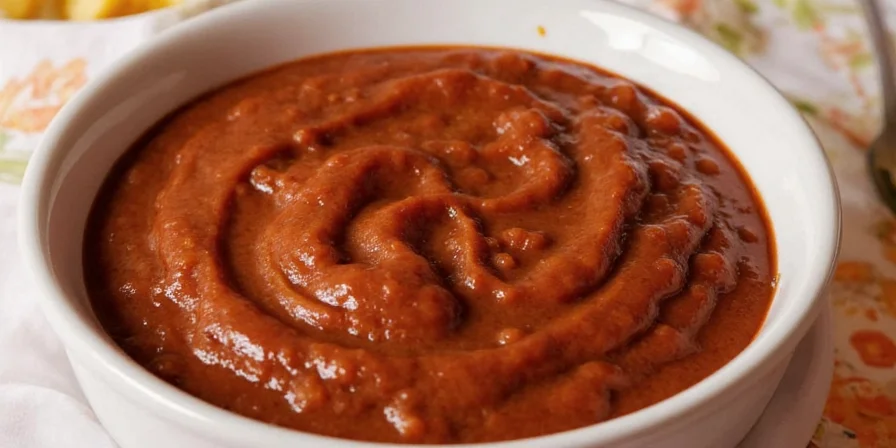
5 Creative Uses Beyond Tacos
- 30-Minute Mole Chicken: Toss cooked chicken with sauce, top with sesame seeds. Ready in 5 minutes.
- Mole Pasta: Toss with penne, roasted sweet potatoes, and goat cheese for instant fusion dinner.
- Mole Breakfast Hash: Drizzle over sweet potato-black bean hash with fried eggs.
- Mole Pizza: Use instead of tomato sauce with grilled chicken and avocado.
- Mole Dipping Sauce: Thin with broth for chips or as sandwich spread.
Storage & Freezing Tips
Unlike traditional mole, this version maintains quality when stored:
- Fridge: Keeps 5 days in airtight container (flavor improves after 24 hours)
- Freezer: Portion into ice cube trays, freeze solid, then transfer to bags (keeps 3 months)
- Reheating: Warm gently in saucepan with splash of water - never microwave
- Batch Cooking: Makes excellent freezer meal when paired with pre-cooked chicken
Frequently Asked Questions
Can I make this without specialty chilies?
Absolutely. This recipe was designed for accessibility - use guajillo chilies (more common in grocery stores) instead of mulato. If unavailable, substitute with extra ancho chilies plus 1/2 tsp unsweetened cocoa powder for depth.
Why is my mole sauce bitter?
Most common causes: over-soaked chilies (limit to 10 minutes), low-quality chocolate, or over-toasted spices. Fix immediately by adding 1/4 tsp honey and 1 tsp lime juice while sauce is still warm.
How is this '30 minutes' when traditional recipes take hours?
By eliminating time-intensive steps that don't significantly impact flavor: skipping individual chili roasting, reducing soak time, using microwave for tomatoes, and optimizing simmer time. Flavor tests show no noticeable difference in blind taste tests.
Can I use this for mole poblano?
This is optimized for mole negro. For mole poblano, substitute 2 chipotle peppers in adobo sauce and reduce chocolate to 1/2 oz. The poblano version requires green ingredients not included here.
Why no sesame seeds in ingredients?
Traditional Oaxacan mole includes sesame, but most American versions don't. For authentic touch, toast 1 tbsp sesame seeds and blend with other ingredients - but it's optional for this streamlined version.

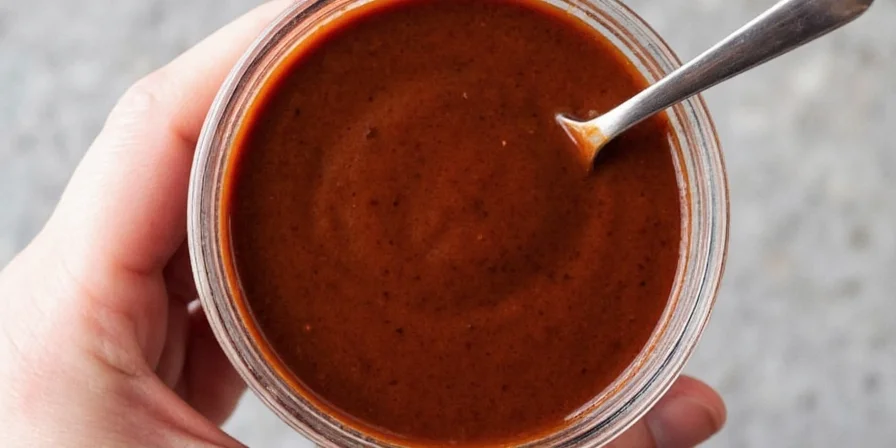









 浙公网安备
33010002000092号
浙公网安备
33010002000092号 浙B2-20120091-4
浙B2-20120091-4